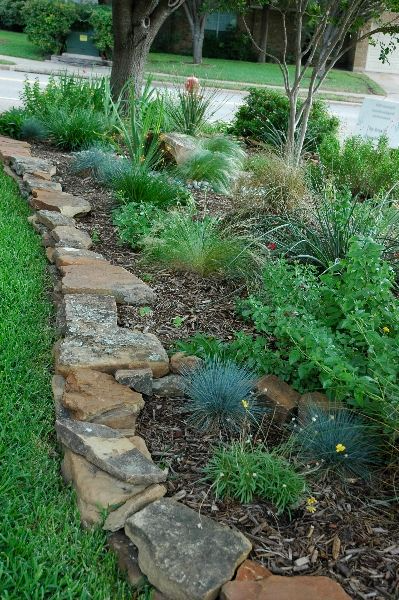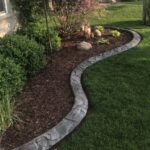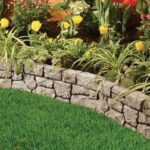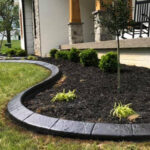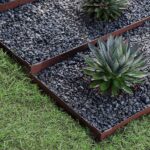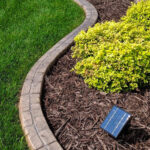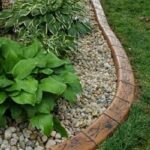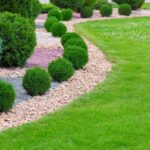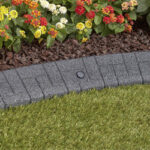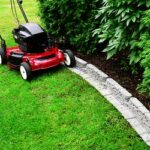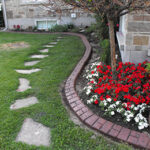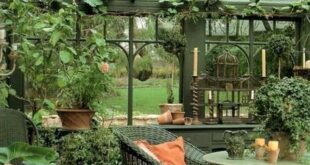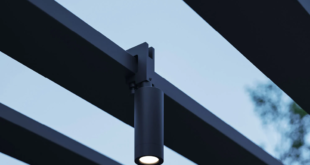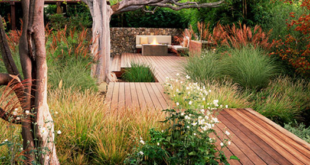Landscape edging is an essential element to any well-designed outdoor space. Not only does it provide a clean and crisp border between different areas of your yard, but it also helps to keep things organized and prevent the spread of weeds and grass into areas where they are unwanted. With so many options available, choosing the right landscape edging can be overwhelming. That’s why we’ve put together this ultimate guide to landscape edging to help you make the best choice for your yard.
Types of Landscape Edging:
1. Metal Edging: Metal landscape edging is a popular choice for its durability and sleek, modern look. It is typically made from steel or aluminum and can be installed in a straight line or curved to fit the contours of your landscape.
2. Plastic Edging: Plastic landscape edging is a budget-friendly option that is easy to install and comes in a variety of colors and styles. It is great for creating defined borders around flower beds, walkways, and other areas of your yard.
3. Stone Edging: Stone landscape edging adds a natural and rustic feel to your outdoor space. It can be made from a variety of materials such as river rocks, bricks, or concrete blocks, and can be stacked or laid flat to create a border.
4. Wood Edging: Wood landscape edging is a classic choice that adds a warm and inviting touch to your yard. It can be made from treated lumber, cedar, or other types of wood and can be stained or painted to match your outdoor decor.
Factors to Consider When Choosing Landscape Edging:
1. Functionality: Consider how you plan to use your landscape edging. Will it be used to create borders around flower beds, walkways, or other areas of your yard? Make sure the edging you choose is sturdy enough to withstand foot traffic and other elements.
2. Aesthetic Appeal: Think about the overall look and feel you want to achieve in your yard. Choose landscape edging that complements your outdoor decor and enhances the beauty of your landscaping.
3. Maintenance: Some types of landscape edging require more maintenance than others. Consider how much time and effort you are willing to put into maintaining your edging, and choose a material that fits your lifestyle.
4. Budget: Landscape edging comes in a wide range of prices, so it’s important to consider your budget when choosing the right option for your yard. While some materials may be more expensive upfront, they may require less maintenance in the long run.
Tips for Installing Landscape Edging:
1. Prepare the area: Before installing landscape edging, make sure the area is cleared of debris and vegetation. Use a shovel or edging tool to create a clean and straight edge.
2. Measure and mark: Measure the length of the area where you will be installing the edging and mark it with stakes and string to ensure a straight line.
3. Install the edging: Follow the manufacturer’s instructions for installing your chosen landscape edging. Use metal spikes or stakes to secure the edging in place and make sure it is level and straight.
4. Finish the edges: Once the edging is installed, backfill any gaps with soil or gravel to create a clean and finished look.
With the right landscape edging, you can create a well-defined and organized outdoor space that enhances the beauty of your landscaping. Whether you choose metal, plastic, stone, or wood edging, make sure to consider functionality, aesthetic appeal, maintenance, and budget when making your decision. By following these tips and guidelines, you can create a stunning and cohesive outdoor space that you can enjoy for years to come.
